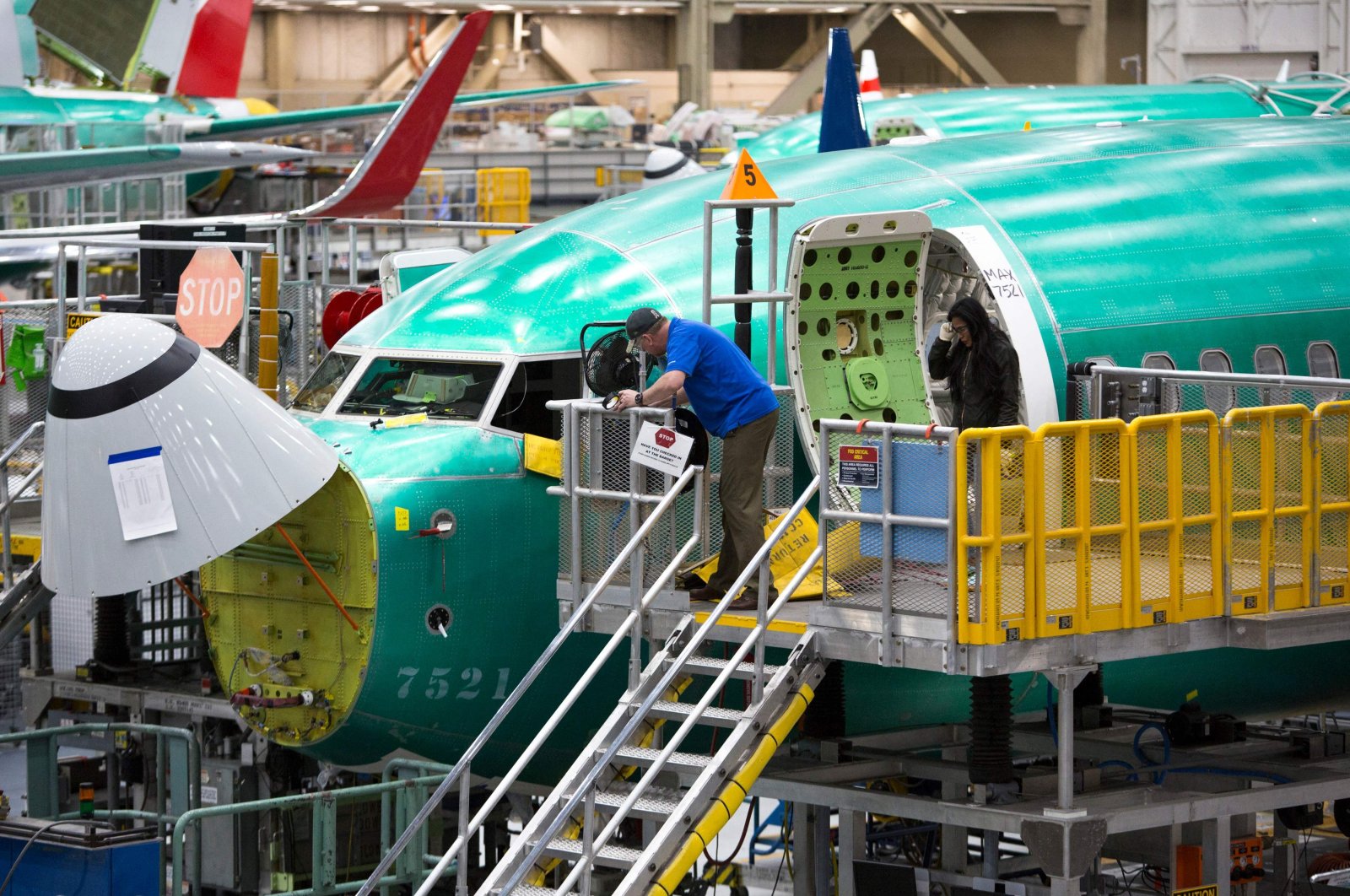Oil Tanker Collision Sparks Fires and Rescue Efforts
Authorities scramble to manage the aftermath of two oil tankers colliding near Singapore, one of the world's busiest maritime regions.
Published July 21, 2024 - 00:07am

Image recovered from bangkokpost.com
The waters near Singapore, one of the world's most significant maritime hubs, turned into a scene of panic and urgent action early Friday morning as two large oil tankers collided and caught fire. The incident involved the Singapore-flagged tanker Hafnia Nile and the São Tomé and Príncipe-flagged tanker Ceres I. Both vessels were about 55 kilometers northeast of the Singaporean island of Pedra Branca when the collision occurred.
The Maritime and Port Authority of Singapore (MPA) reported that they were alerted to the collision and subsequent fire at around 6:15 AM local time. The Hafnia Nile, carrying approximately 300,000 barrels of naphtha, collided with the Ceres I, a Very Large Crude Carrier (VLCC) supertanker, which was last tracked with about 2 million barrels of Iranian crude. Despite the severity of the collision, all 62 crew members from both tankers were accounted for, thanks to swift evacuation efforts led by Singapore's MPA and defense forces. Crews were airlifted to safety and rescue by helicopters and navy ships deployed to the scene.
The collision occurred in one of the busiest sea lanes globally, a crucial junction connecting Asia to Europe and the Middle East. Despite the extent of the fires, the collision has not yet affected navigational traffic in this vital maritime corridor. Nevertheless, the risk of oil spills has placed both Singaporean and Malaysian authorities on high alert, with environmental protection measures being positioned to mitigate potential pollution.
The Singapore Navy released photographs showing thick plumes of black smoke spiraling into the sky from the damaged tankers. The exact cause of the collision remains undetermined, and authorities have deployed salvage and firefighting teams to control the situation. In the aftermath, the Malaysian coast guard has been on a vigilant mission to track the movements of the Ceres I, which reportedly had turned off its tracking system post-collision, causing the vessel to 'go dark'.
Adding layers to the complexity of the situation, the Ceres I's historical connection with transporting Iranian and Venezuelan oil has drawn significant attention. Characterized as a 'dark fleet' ship, this category of vessels often trades with countries under Western sanctions, circumventing regular trade regulations. This practice has raised both environmental and geopolitical concerns, especially considering the hazardous potential if such ships are involved in maritime accidents.
Meanwhile, neighboring countries like Malaysia have mobilized their coast guards and environmental resources to handle any potential oil spills or associated environmental hazards. The Hafnia Nile's operator reported that specialized salvage and firefighting tugs were on their way to assist in the firefighting efforts, lining up behind a tug already at the scene. Both tankers' owners have been largely unavailable for comment, leaving a gap in direct communications regarding the progress of containment and mitigation efforts.
Amid these unfolding events, energy analysts have voiced worries about such incidents' broader implications on global maritime safety and environmental integrity. Asia's largest oil trading hub faces a critical situation in ensuring the safe transit of immense quantities of crude and refined petroleum products through its waters. This incident adds a stark reminder of the underlying risks associated with the global oil transport network.
More critical still is the perspective of international regulatory entities like the United Nations' International Maritime Organisation (IMO), which has been closely monitoring the situation. The IMO emphasized the urgent need for aerial surveillance and comprehensive environmental assessments to fully understand and manage the risk impacts. An appointed salvage team is underway, bolstering efforts to control and eventually tow the tankers to secure locations.
As global observers and regional authorities await clearer insights into the collision's root cause, the immediate focus remains on preventing environmental damage and securing maritime safety. The Singaporean and Malaysian coast guards' concerted efforts reflect a robust regional response, reiterating the strategic importance of cooperation in managing maritime incidents of such scale.
As the investigation unfolds, it brings to light broader maritime safety protocols and the pressing need for enhanced international maritime regulations. The collision between Hafnia Nile and Ceres I stands as a concerning testament to the critical interplay between global oil trade dynamics and maritime safety.






